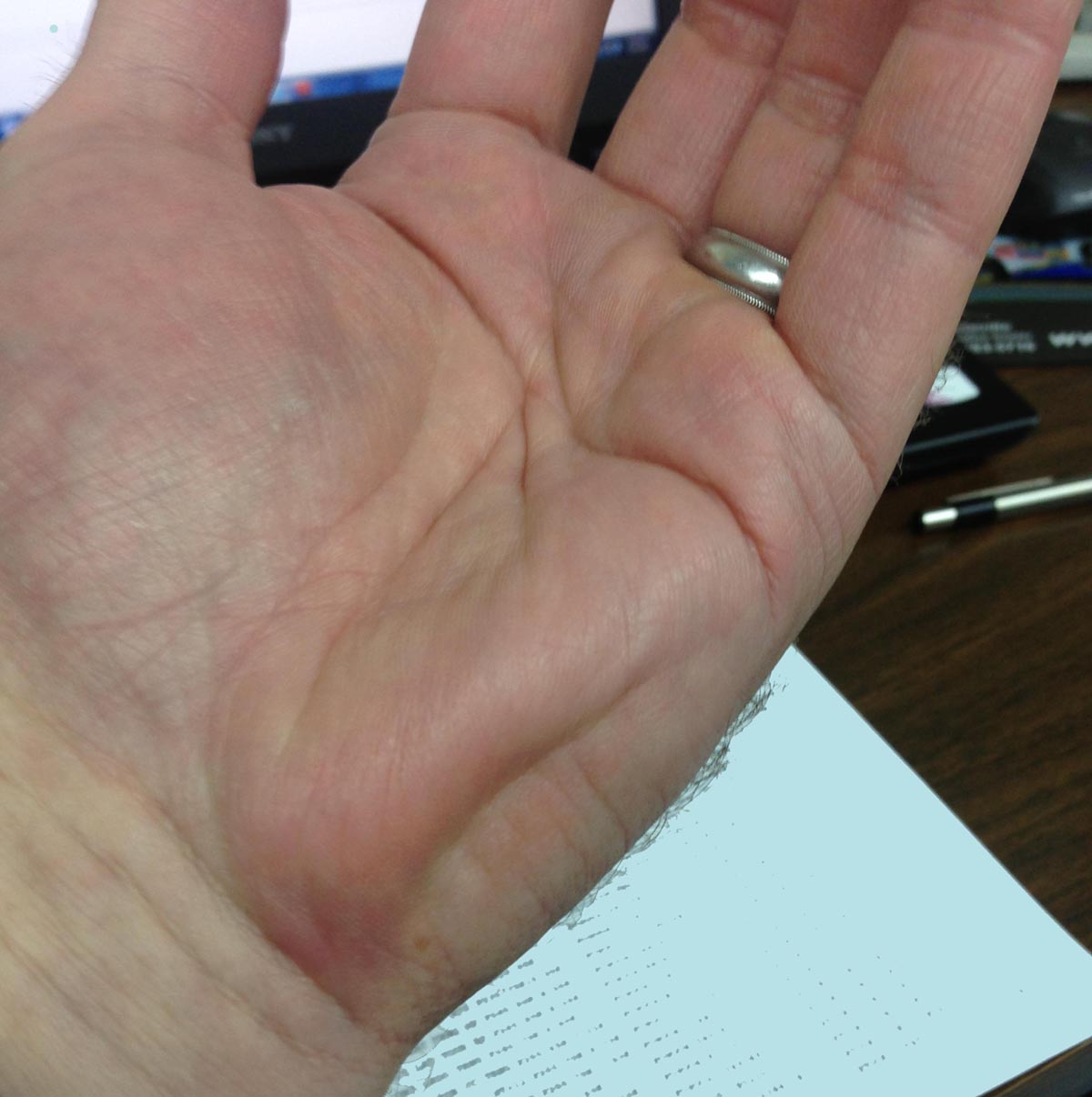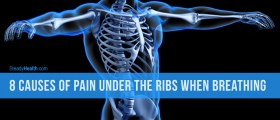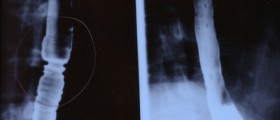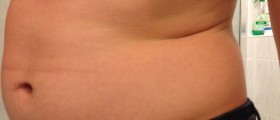
Muscles are supporting many of the bodily processes. They are pumping the blood trough the bloodstream, supporting the head, neck and trunk, helping the body move… Muscles can be controlled voluntarily to contract and relax and thus move the limbs and the rest of the body. There is also an involuntarily muscle movement, also known as spasm. Spasms may occur in a whole muscle, group of muscles, or in just a couple of muscular fibers. Forceful and sustained spasm becomes a cramp and it causes visible or palpable stiffness of the muscle.
Cramps may last from a couple of seconds to a couple of minutes, in some cases even longer than fifteen minutes. In many cases, cramp will recur numerous times before vanishing completely.
Risk factors
Around 95 percent of population experiences cramps at some point in their life. Cramps are more common in elderly population and they are becoming more and more common with aging. Every muscle that is under voluntary control can cramp. The most common type of cramps occurs in the extremities, especially the legs and feet. However, involuntary muscles of many different organs may also cramp, for example: uterus, blood vessel wall, intestinal tract, bile and urine passages, bronchial tree etc.
Causes of muscle cramps
True muscle cramps that occur in the skeletal musculature system involve all of a single muscle or a group of muscles that normally act together.
Cramps in these muscles occur because of the hyperexcitability of the nerves that stimulate them. Here are some of the possible causes:
Injury, such as a broken bone, may provoke a protective mechanism that triggers muscle spasm. Spasm serves to minimize the movement and stabilize the injured area. Injuries of the muscle tissue may also cause spasms.
Vigorous activity and resulting muscle fatigue may cause cramps during the activity or later. Older adults are at higher risk for cramps resulting from vigorous physical activity.
Rest cramps, especially in elderly, are very common. They are most commonly experienced during the night. They are harmless but may cause a lot of pain and interrupt the sleep. Their real cause is yet unknown.
Dehydration, caused by an excessive fluid loss or insufficient fluid intake, increases the chances of true cramps. These cramps are usually occurring in warm water. Chronic volume depilation of body fluids from diuretics and sodium depilation are both associated with cramps.
Body fluid shifts may cause true cramps resulting from an abnormal distribution of body fluids. Such complications, for example, occur in patients suffering from cirrhosis of the liver or kidney failure.

















Your thoughts on this
Loading...